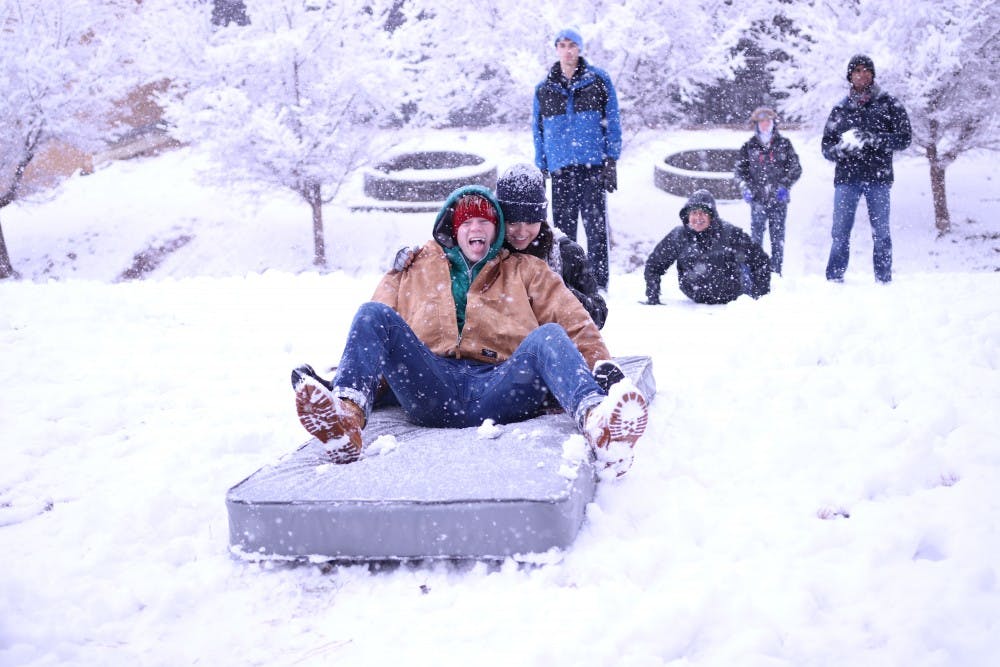It was a snowy day at UNC when two sophomores decided to reenact the memorable snowball fight scene from the classic holiday film, "Elf." Little did they know, their video filmed in Kenan Memorial Stadium would take off on the internet, leading Cara Siliakus to describe the viral video as her 15 minutes of fame.
Siliakus was in Kenan Memorial Stadium when she filmed her friend Jeffrey Davidson throwing the snowball. She said the snowball slammed her in the face as Davidson hit the ground in slow motion. Siliakus was shocked when she noticed the attention their video was getting on various social media platforms.
“That whole period of time I was just kind of in shock, because I think no one really expects to go viral, so when it happens you kind of just sit there and watch it happen, and it’s really awesome, but also unbelievable at the same time,” she said.
Gary Kayye, a lecturer in UNC's School of Media and Journalism, said videos go viral based off of the culture of the world and what is going on around people. He notes that a viral video is viral both because it spreads fast and grows exponentially outside of your friend group.
“Back in the early days of social media, videos went viral because they were either entertaining or humorous or something that people had never seen or could not believe, but now it’s a combination of those things, but it could also be the social issue of the day,” Kayye said.
Kayye said videos today don’t have to be explicitly searched for; they're in front of us all the time, which leads to a rise in viral videos. In the future, Kayye said the ways videos gain views will likely be defined more clearly, since today a view can be counted by a three-second viewing for a much longer video.



